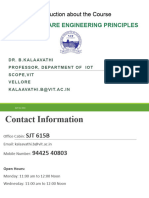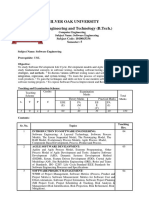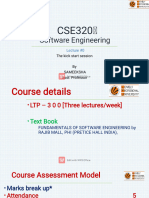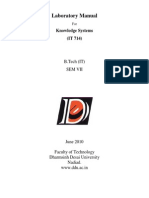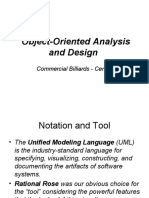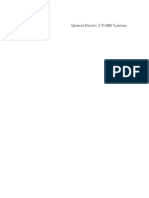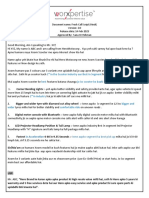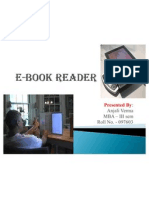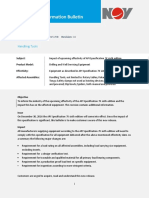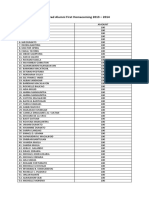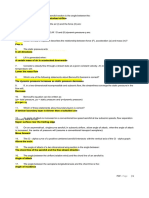0% found this document useful (0 votes)
78 views31 pagesPse Course File
The document is a comprehensive course file for the Principles of Software Engineering (CSE-302-F) for the 6th semester, prepared by Vinod Kumar. It includes an academic calendar, teaching hours, syllabus, instructional and assignment plans, and a question bank. The course covers various topics such as software life cycle models, project management, requirements analysis, system design, testing, and quality assurance.
Uploaded by
Kaushal ShakyaCopyright
© © All Rights Reserved
We take content rights seriously. If you suspect this is your content, claim it here.
Available Formats
Download as DOC, PDF, TXT or read online on Scribd
0% found this document useful (0 votes)
78 views31 pagesPse Course File
The document is a comprehensive course file for the Principles of Software Engineering (CSE-302-F) for the 6th semester, prepared by Vinod Kumar. It includes an academic calendar, teaching hours, syllabus, instructional and assignment plans, and a question bank. The course covers various topics such as software life cycle models, project management, requirements analysis, system design, testing, and quality assurance.
Uploaded by
Kaushal ShakyaCopyright
© © All Rights Reserved
We take content rights seriously. If you suspect this is your content, claim it here.
Available Formats
Download as DOC, PDF, TXT or read online on Scribd
/ 31











